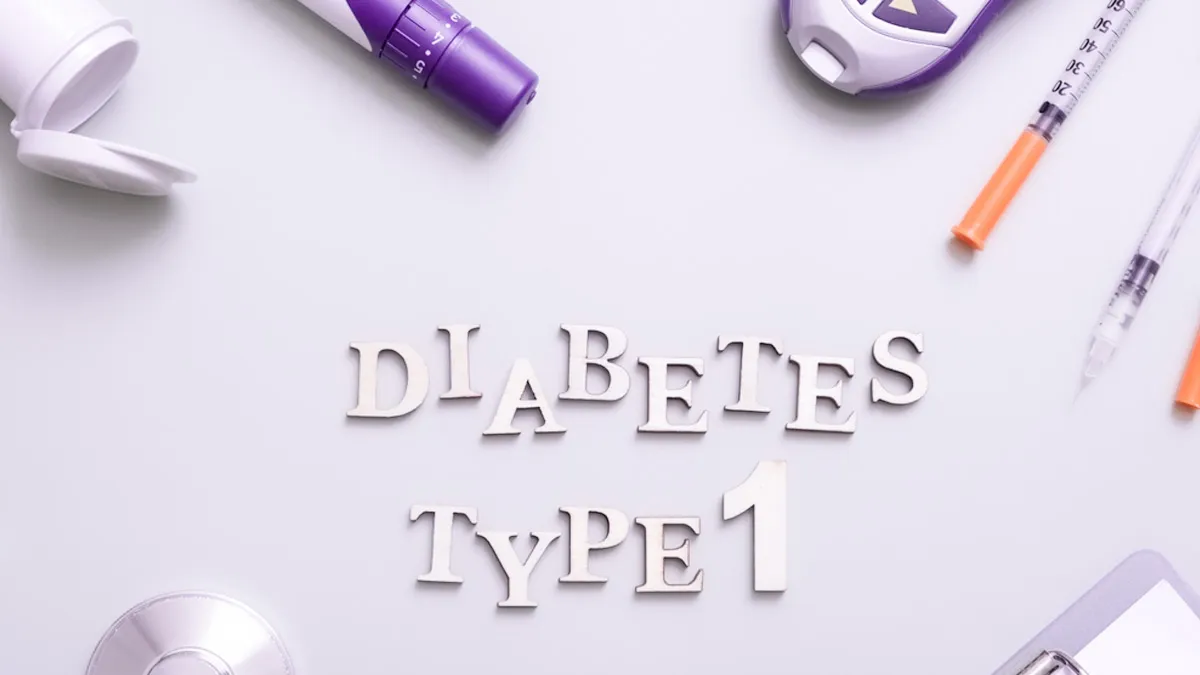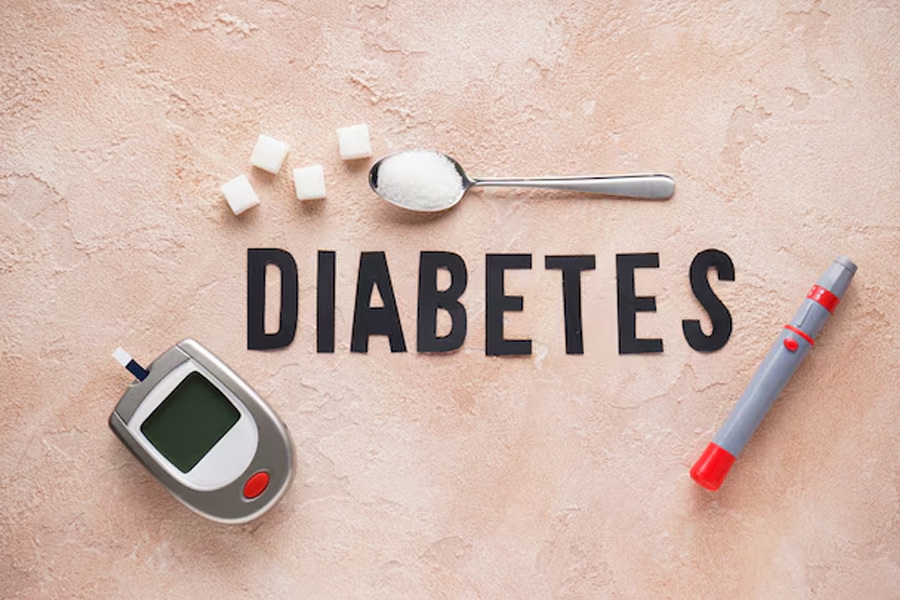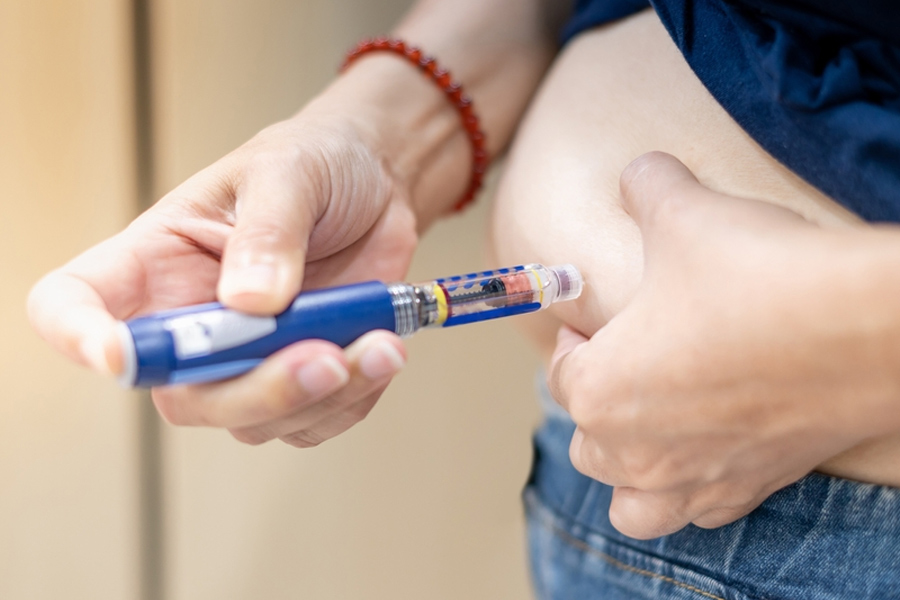
Type 1 diabetes is an autoimmune condition. This means the body's immune system, which is meant to defend against dangerous invaders like viruses or bacteria, destroys the insulin-making beta cells of the pancreas.
Table of Content:-
As a result, the pancreas releases no or minimal insulin. Without insulin, glucose stays in the blood instead of being carried into cells, leading to severely elevated blood sugar levels. This can cause both short and long-term severe health complications.

“Diabetes, a chronic health condition that impacts how your body converts food into energy. Much of what you consume is converted into sugar (glucose), which is transferred into the blood. When blood sugar levels increase, the pancreas is stimulated to secrete insulin, a hormone that enables sugar to enter the body's cells to be utilised for energy,” said Dr Onkar Swami, Senior Vice President- Medical Services, Alembic Pharmaceuticals Ltd, Mumbai, India.
In diabetics, this system doesn't work the way it's supposed to. Either the body isn't making enough insulin, isn't using insulin efficiently, or in Type 1 diabetes, isn't making insulin at all.
Unlike Type 2 diabetes, which is often linked to lifestyle, diet, and exercise, Type 1 has no known cause related to behaviour. It's usually diagnosed in children, adolescents, or young adults, so it's sometimes referred to as 'juvenile diabetes.' Adults can, however, also develop Type 1 diabetes in later life, a condition sometimes known as LADA (Latent Autoimmune Diabetes in Adults).
As per the Centers For Disease Control and Prevention (CDC), type 1 diabetes is less common than type 2 and approximately 5-10% of those who have diabetes are type 1.
The population of children who have been diagnosed with type 1 diabetes has increased tremendously in the last two decades. As of 2021, nearly 304,000 children and adolescents under 20 years were suffering from type 1 diabetes, according to the National Institute of Diabetes and Digestive and Kidney Diseases (NIDDK).
What Causes Type 1 Diabetes?
Type 1 diabetes develops when the body's immune system attacks and kills the insulin-making cells in the pancreas, called beta cells. This destruction can be triggered by a combination of genetic and environmental factors, including the different environments where people live, work, study, and socialise, according to NIDDK.
- Genetics: Some genes could increase risk, especially those involved in immune system function.
- Autoimmunity: For reasons that are not yet understood, the immune system starts to destroy the pancreas.
- Environmental triggers: Certain viruses have the potential to trigger the autoimmune response in those with a genetic predisposition.
- Family history: While having a family history of Type 1 diabetes may raise the risk, many cases are diagnosed in people without any known family history of the condition.
Also Read: Addressing India's Diabetes Dilemma: Never Too Early To Test But May Be Too Late To Treat
Symptoms and Signs of Type 1 Diabetes
According to the World Health Organization (WHO), symptoms of type 2 diabetes tend to be similar to those of type 1 diabetes but are usually less pronounced. Consequently, the disease is diagnosed many years later, once complications have developed. For this reason, awareness of risk factors is crucial.
Here are the most common signs of diabetes to look out for:

- Increased thirst (polydipsia): Constant dry mouth or feeling extremely thirsty.
- Frequent urination (polyuria): Needing to pee more than normal, especially at night.
- Unintended weight loss: Weight loss with normal or increased appetite.
- Extreme hunger (polyphagia): Feeling hungry constantly, even after meals.
- Fatigue: Feeling weak or having low energy despite enough sleep.
- Blurred vision: Fluid levels in your eyes can be affected by high blood sugar levels.
- Fruity-smelling breath: A sign of diabetic ketoacidosis, a serious condition when the body starts breaking down fat too quickly.
- Slow healing of wounds: Cuts and sores that take longer to heal.
- Mood changes: Mood swings or irritability, usually caused by unstable blood sugar.
In children, symptoms may also include bed-wetting (if previously dry at night), stomach pain, or behavioural changes.
How Is Type 1 Diabetes Diagnosed?
Diagnosis normally consists of blood tests to check blood sugar levels. If a doctor suspects Type 1 diabetes, they will also test for autoantibodies (which destroy insulin-producing cells) and C-peptide (which measures the amount of insulin the body produces).
Some of the common diagnostic tools include:
- Fasting Blood Sugar Test
- Random Blood Sugar Test
- HbA1c Test (Glycated haemoglobin)
- Ketone Testing (if symptoms are severe)
Managing Type 1 Diabetes
Type 1 diabetes cannot be cured, but it can be well controlled with:

- Insulin therapy: Since the body doesn’t make insulin, people with Type 1 must take it daily via injections or an insulin pump.
- Blood sugar monitoring: Regular checks to maintain healthy blood glucose levels.
- Healthy eating: A balanced diet keeps blood sugar levels stable.
- Physical activity: Exercise to enhance insulin effectiveness.
Also Read: Did you Know Loneliness Can Get You Diabetes? Know What Expert Says
Can Type 1 Diabetes Be Prevented?
“Currently, there’s no way to prevent Type 1 diabetes. Unlike Type 2, which can be delayed or even prevented by altering habits and lifestyle, Type 1 has nothing to do with habits or choices. Scientists are looking into immune therapy and vaccines, but nothing concrete has been discovered yet,” added Dr Swami.
Frequently Asked Questions
1. What is the difference between type 1 diabetes and type 2 diabetes?
Type 1 diabetes (T1D) is an autoimmune disease that makes the immune system destroy the insulin-producing cells of the pancreas, resulting in minimal or no insulin production. It usually arises in childhood and has nothing to do with lifestyle.
On the other hand, Type 2 diabetes (T2D) is a metabolic disorder in which the body may become resistant to insulin, or its production will be insufficient. It develops over time, commonly in adulthood, and is strongly related to lifestyle patterns, such as obesity, diet, and physical inactivity
2. Who is more likely to develop T1D?
Type 1 diabetes can happen to anyone, but it's more likely in young adults and children. Some risk factors include family history of the disease, genetic predispositions, and specific autoimmune diseases.
3. Do I need to take insulin for the rest of my life for type 1 diabetes?
Yes, if you have type 1 diabetes, you will be required to take insulin throughout your lifetime since your body can no longer generate it independently. Insulin is necessary to manage blood glucose levels and avoid life-threatening complications of type 1 diabetes.
4. Do I need to monitor my blood sugar even when I'm feeling fine?
Yes, it's crucial to check your blood sugar frequently, even if you are fine. Blood sugar may fluctuate without obvious symptoms, and high or low blood sugar may result in serious, life-threatening conditions. Daily monitoring keeps you in your target range and allows you to change your insulin, food, or exercise as necessary to avoid emergencies and complications down the road.
[Disclaimer: This article contains information provided by an expert and is for informational purposes only. Hence, we advise you to consult your professional if you are dealing with any health issue to avoid complications.]
Also watch this video
How we keep this article up to date:
We work with experts and keep a close eye on the latest in health and wellness. Whenever there is a new research or helpful information, we update our articles with accurate and useful advice.
Current Version